The paint in the Craigslist picture seemed to jump right off the screen. It immediately grabbed my gaze. “Whoa!” I believe was my initial utterance; seemingly unaware that I was channeling my inner Joey Lawrence. It was red. Not just red, but a red that you had to notice.
I’m not really even into reds, since one of my favorite body-shop lines of all time is: “If you like red, you’d better also like pink in a few years when it fades in the sun!”
The Craigslist ad had the perfect picture, at the perfect angle, in the perfect lighting with the perfect editing and filter — the type that made any car look like a hero car. Honestly, I think the 50-something year old woman that sold it to me just had a really great cell phone camera and some good timing/luck on her side when she took the photo. Either that or a background in photography that didn’t seem to make it past the lead photo. Regardless, I already knew I was going to buy it.
Here I was, on my daily $500-and-under search of Craigslist and Facebook Marketplace in the summer of 2016 in Music City (Nashville). And there it was: a 2003 Dodge Stratus Coupe in “Indy Red” that had been whacked in the nose. Asking price?: “$500 obo.” It was close, it was cheap, it looked fast (even though it wasn’t) and it was soon to be mine.
At the time, I lived in a seedy part of east-central Nashville and the car was in The Hermitage, which was 20 minutes away (if traffic wasn’t too gnarly). After a quick phone call, I raced to the ancient, prior home of Andrew Jackson and found the car sitting at the end of a ½ mile, horribly rutted dirt road with a broken nose.

There’s just a certain romance and beauty to a broken mechanical hulk laying derelict. A machine that once possessed speed, movement, power and glory through motion — now fallen to its knees, motionless.
It’s as if you can see all those tens of thousands of miles that it drove, sweeping through curves and blasting down highways – all juxtaposed against the sorry visage of the car now lying in knee-high grass, nothing more than a mechanical and financial hindrance. There’s an element of pity and empathy involved.
The seller explained to me that her teenage daughter had borrowed the car and hit something hard enough to crack the bumper cover, push back the radiator support and crack the radiator. She then continued to drive (temp gauge be damned!) until the head gasket blew. She explained that they were moving out of their trailer at the end of the lengthy dirt path and needed the car “gone” by the weekend.

Did I want to see this car junked? Hell no. Did I want to buy a busted ‘03 Stratus Coupe for $500, when you could buy running examples (at the time) for $800? Hell no. So I offered “almost double scrap price” for it and the woman immediately accepted. I said “almost” since I knew I only had about $220 in my pocket and scrap for this car was about $125 then.
Sidebar: whenever a seller immediately accepts your offer, there is always that instantaneous feeling that you overpaid. I briefly got this feeling, but then remembered that I just bought a car for about the cost of my monthly power and internet bills combined.
The Extraction
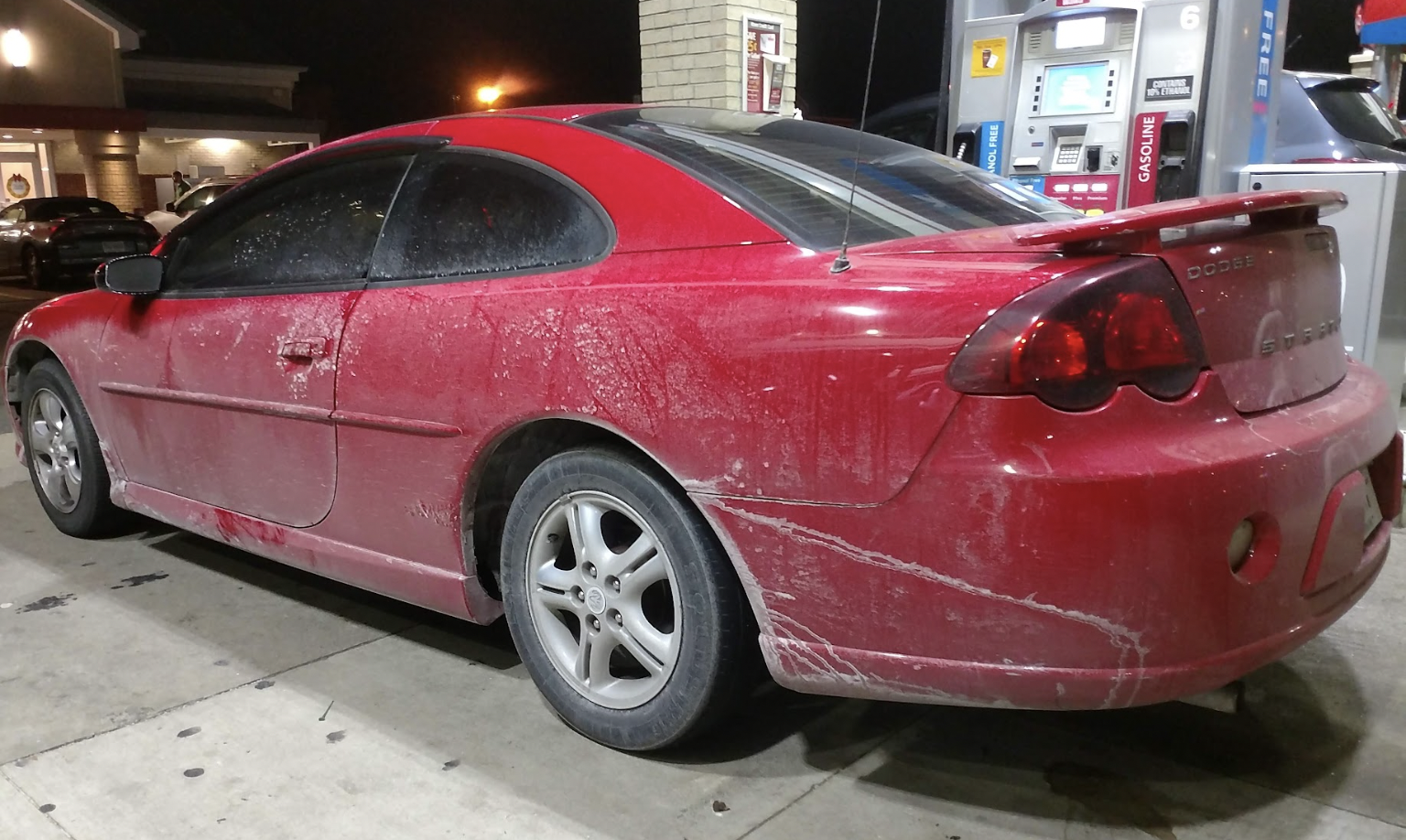
“It has to be gone by the weekend, and good luck!” the woman said, in a tone that almost made me believe that she found me to be equal parts weirdo, loser and sucker. That was the beginning of the “Extraction Phase” of this project, which was no easy task. After getting the title and plate in my name the following day, I returned down the long dirt road the following night with my at-the-time girlfriend, a bag of tools, a used radiator from the local Pick-n-Pull and multiple jugs of water. The plan was to keep the broken radiator full-ish with the water and see how far down Route 70S I could get without overheating due to the blown head gasket (there was no way I was going to take I-40, which was the most direct route- no death wish here).
Upon jumping the battery and firing it up for the first time in a while (at least long enough for it to be in knee-high grass), we immediately set off down the rutted dirt path on the maiden/extraction voyage out of Andrew Jackson territory and back to the rougher eastern part of the city. It didn’t take more than a few hundred yards to realize that the rutted dirt road had done a number on the suspension over the years – it sounded like the War of 1812 with the ball joints turned into snare drums and cannons.
The head gasket must not have been compromised too greatly, as the car didn’t overheat the entire 20 minute trip back. “Glory be, hallelujah!!” I proclaimed in my best New Yorker-transplanted-to-Tennessee accent as a tribute to my good fortune on The Volunteer State’s lovely roadways. The Car Gods then looked at my Mason-Dixon sarcasm and smote me as the banged-up hood latch decided to give up the ghost and send the hood flying towards me. Yes, I found myself doing 70MPH down State Route 70S while looking at a sea of “Indy Red” hood through the windshield.
[Editor’s Note: Never get too cocky with a car you know is mechanically compromised. What were you doing going 70?! -DT]
What to do?
Well, somehow hazard lights, slow braking, and pulling gradually over to the shoulder without contacting any of the other mouth-agape motorists I was sharing the road actually worked. Now, how to prevent this from happening again in the remaining 10 miles of highway?

Zip ties? No place to anchor them and not long enough to connect to anything of merit. Even with daisy-chaining them together.
Drive slowly and pray? Enough with the quasi-religious angle – it’s not working at all on this night.
The one bungee cord in the trunk that randomly came with the car? Bingo-bango. Latching it from the hood to the lower subframe worked well enough that I had an elastic, floating-style hood apparatus, but it worked….under 50mph.
That extraction and that night turned out to be the hardest night I’ve ever had with that car. Every day after that was easier. Once it was safely back, I took my then-GF out to a well-deserved steak dinner and soon after started my search for another car to drive while I was doing the head job – check out how that went here.
“We Can Rebuild It Better, Stronger, Faster…”
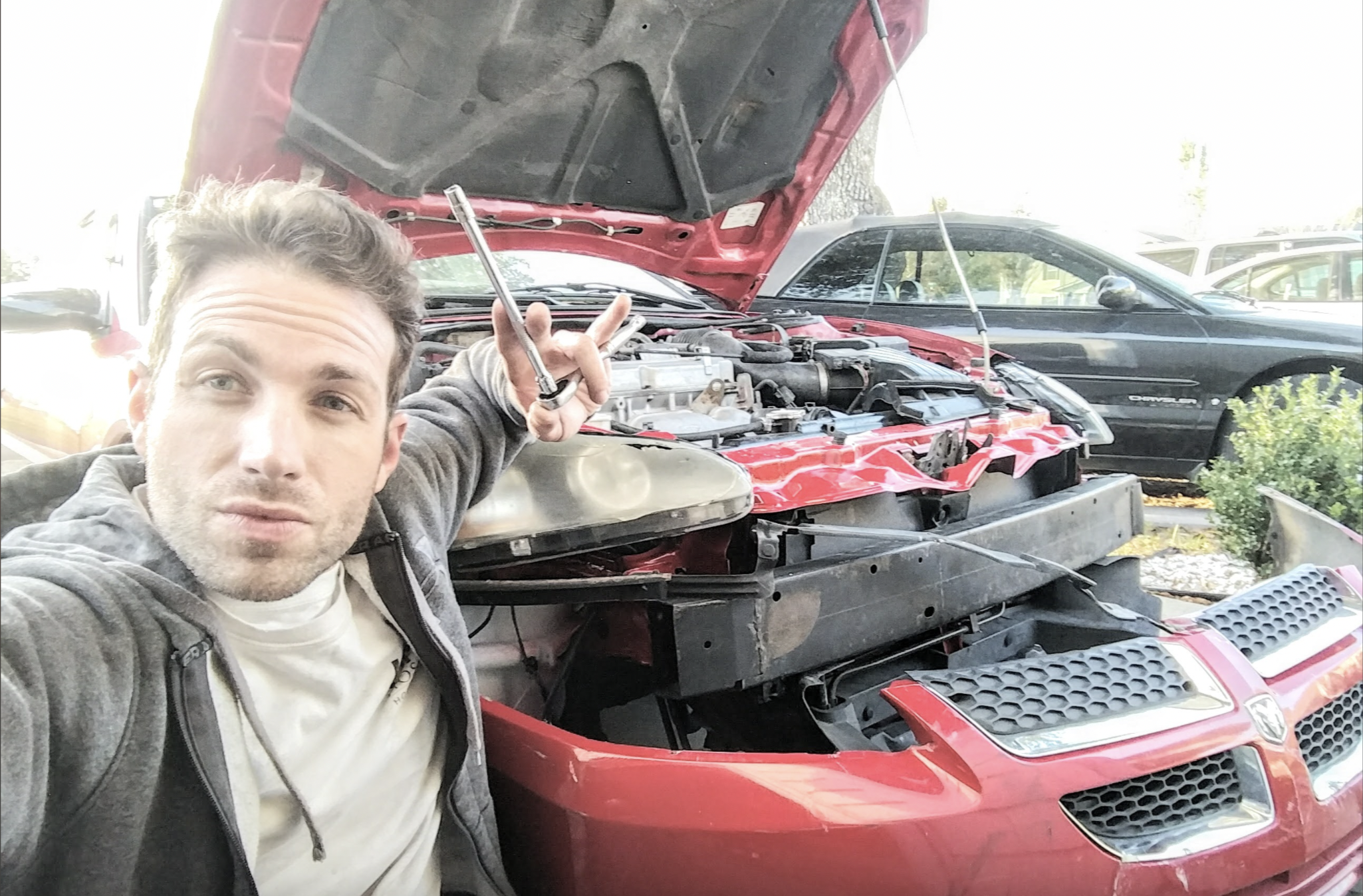
The great thing about having a car with the smaller of the two engine options offered is that there is more room to wrench. The additional accessibility is a silver lining for what’s usually the lesser of the two powertrain choices. (I will note however that this seems to have been more likely the case 10+ years ago before The Great Turbo 4-cylinder Revolution started offering the smaller engine option as the more powerful/upgrade option. Still, those turbo 4s are usually big when you add in the intake/cooling systems)
My Stratus has the 2.4L Mitsubishi version of the “World Engine ” that was shared by basically all of Daimler executive Jürgen E. Schrempp’s brands/automakers at the height of his global DaimlerChrysler ambitions. Mitsubishi literally put this engine in just about every car it made during this era — more on that below.

The head gasket job went about as easily as possible. I couldn’t believe it: no broken bolts, nothing cross-threaded, no fasteners stuck or seized, no rounded fastener heads, etc. I popped the head off and sent it to a machine shop in East Nashville that looked like it had been there since the 60s (which is the best type of machine shop – full of knowledge and experience).
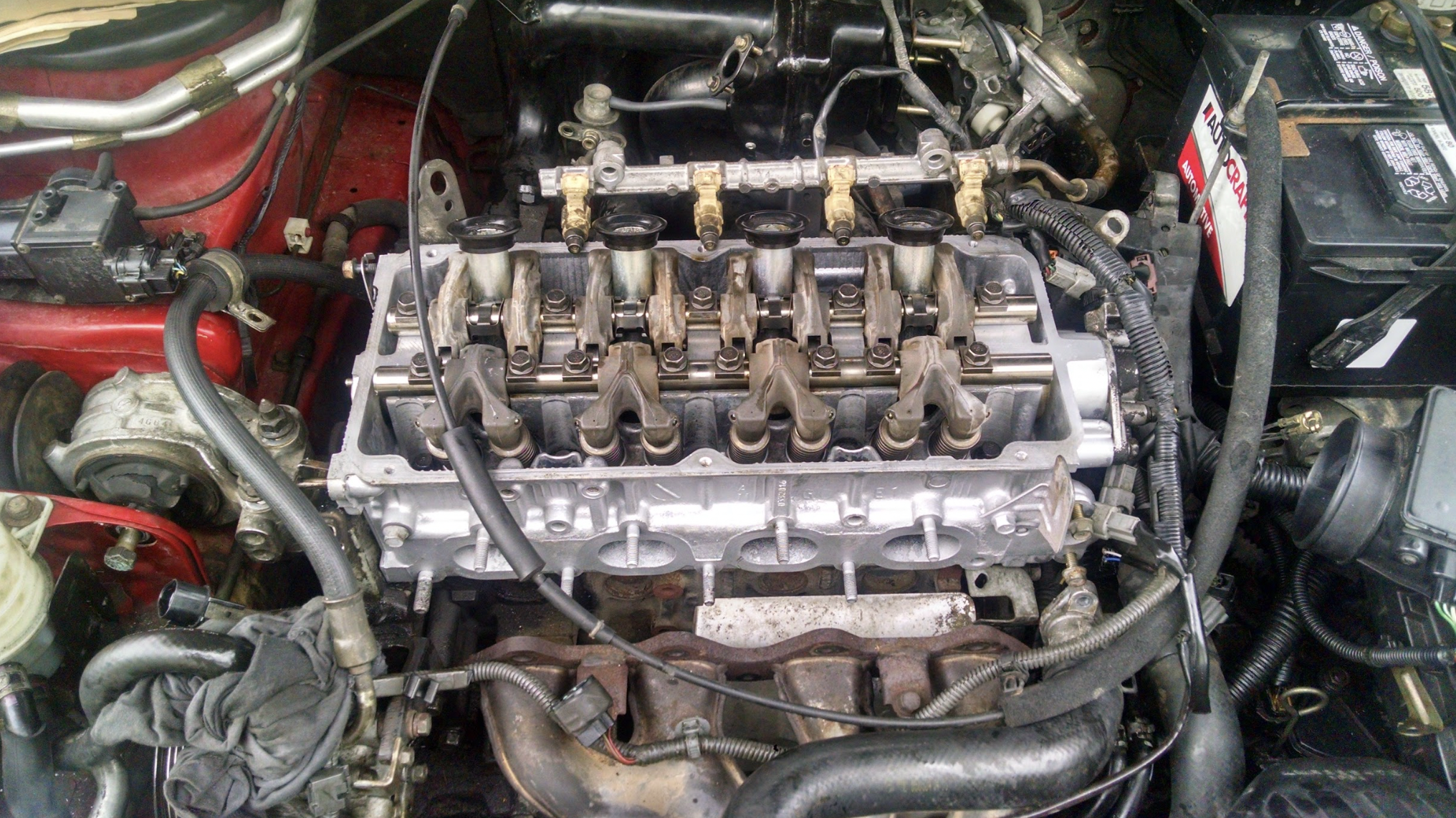
A $40 head gasket, a gallon of universal coolant, four quarts of fresh oil, a $35 junkyard radiator, a $40 timing kit and a $25 set of new torque-to-yield head bolts and she was back together and ready to roll. Behold the glorious moment when I fired the motor back up for the first time since I took it under the knife:
The ease at which I completed this job, and the low cost, honestly shocked me. I kept waiting for something to go horribly wrong, but it never did.

Literally under $200 in parts and $300 in services (at the machine shop) was all it took to save this car from becoming an I-beam in a building in China. Plus, that front bumper with an eight-inch crack I took care of with a quick trip to the junkyard, where I found some black leather seats to replace these nasty things:

Wait, A Dodge Stratus Coupe? Why?

I am a man of my time. This car came out in its first generation as the Dodge Avenger in 1995, right when I was 15 and obsessing over my upcoming driver’s licensing. The timing was perfect for any kid my age who wanted something with a little style, had the right number of doors (2), and that wasn’t a Honda, Mustang, Camaro, etc. The “same-old, same-old” aversion bites a good number of Autopians who just need something a little different and out of the ordinary.
Now I know that we’re not talking about a Citroen or something truly unique on U.S. roads, but think of it this way: compare the last 90s Mustang sighting you had to the last 90s Avenger sighting. It was and still is just the right amount of different.

The 1st Gen Avenger was built alongside the Sebring Coupe, Mitsubishi Eclipse and Eagle Talon in Normal Illinois by “Diamond Star Motors” (a name created to reference both Mitsu’s and Chrysler’s logos) in what is now the Rivian factory. These cars were essentially 2-door Galants, riding on a version of that cars’ platform. Chrysler provided the 4cyl engines, manual and auto transmissions, styling, marketing and interior design. Mitsubishi did the V6 engines and all the rest.
The Talon and Gen 2 Eclipse (named after a race horse!) have a legendary following; the Gen 1 Sebring and Avenger no so much. It has always struck me that the stretched versions of the shorter wheelbase Eagle Talon/Mitshishi Eclipse are viewed so much more poorly, even though the Avenger was built with the same parts, by the same people at the same factory, at the same time.
Interesting Diamond-Star fact: Chrysler sold its equity stake to Mitsubishi in 1993, and Diamond-Star Motors was renamed Mitsubishi Motors Manufacturing America (MMMA) on July 1, 1995. Avengers and Sebring coupes built from 1994 to 1996 both have DSM markings in their engine compartments.
Here’s how that 1st Gen did in sales:
| 2001 | 143 |
| 2000 | 5.512 |
| 1999 | 17.658 |
| 1998 | 24.084 |
| 1997 | 31.943 |
| 1996 | 35.752 |
| 1995 | 34.521 |
| 1994 | 4.846 |
Those would actually be really solid numbers for a coupe today.

The 2nd generation of these oddball coupes came in 2001. Dodge changed the name to Stratus Coupe, replacing the discontinued Avenger name. Like its Chrysler counterpart, the coupe models shared very little other than the name and a few exterior styling cues with sedan and convertible models. Anyone who has owned a Stratus of this generation has undoubtedly had to deal with getting the wrong parts more than once, as Chrysler’s weird decision to give a completely mechanically different sedan and coupe the same name. The sedan is a Mopar, the Coupe is a Mitsubishi.
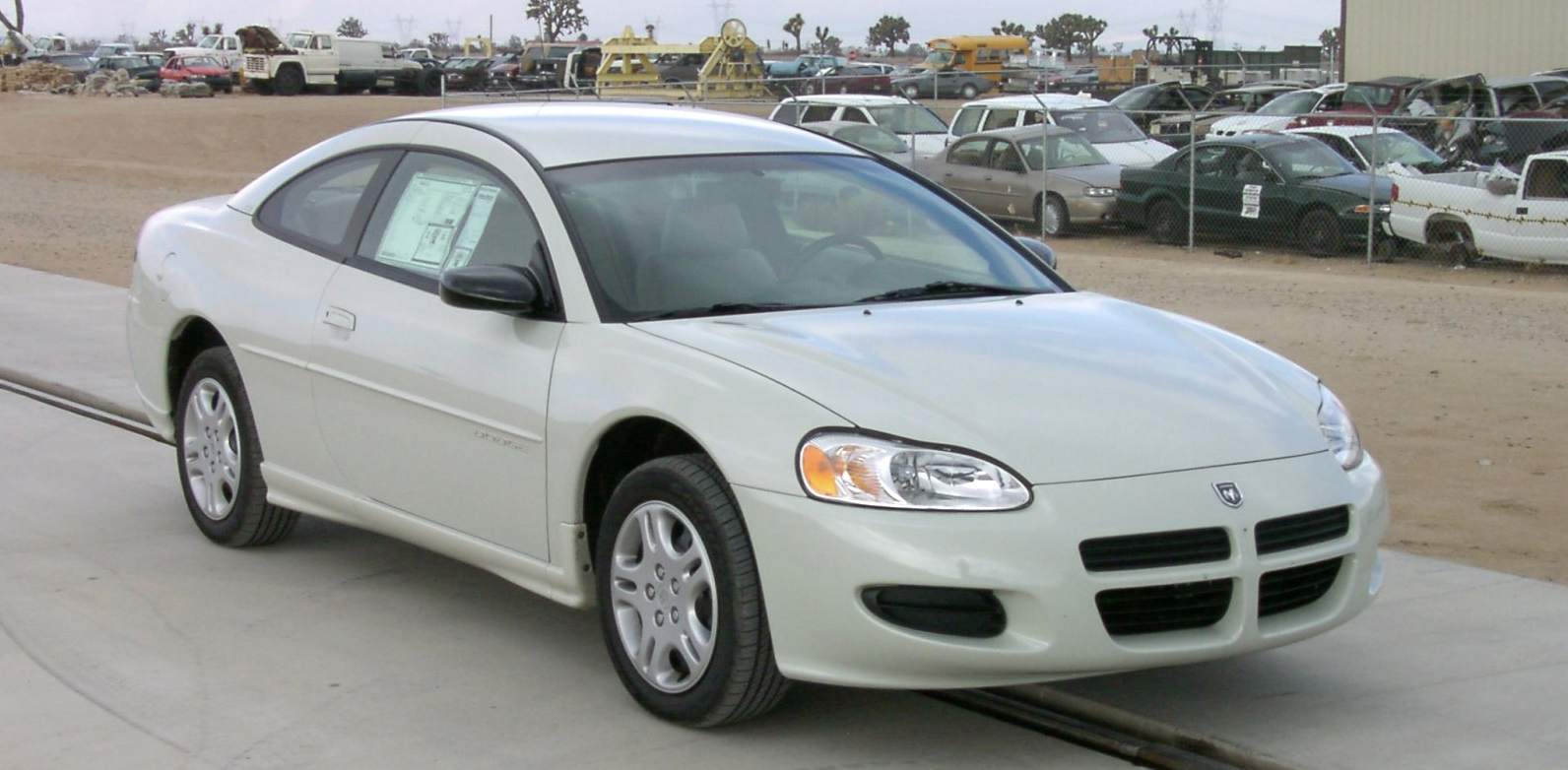
The Stratus Coupe was restyled for the 2003 model year, which I think is a huge improvement from the ‘01 – ‘02 cars’ styling which you can see above, and which I think had a bit of a guppy/tadpole element to the nose. The coupes had an updated 200 horsepower 3.0-liter V6 Mitsubishi engine as an option, with a 2.4 liter Mitsubishi engine as standard (my engine). Rumor has it that a young David Tracy was smitten by these cars in his youth. I wonder what made him turn away and toward XJ Jeeps. I’m still here with the Stratii.
Speaking of The Man Himself, here’s an Interesting David Tracy Sidebar:
David asked me if the engine in my car was in fact a Mitsubishi, which made me think that if he, one of the most knowledgeable Autopians out there, an ex-Chrysler engineer and rumored Stratus Coupe fan wasn’t sure about the powertrain origins, that there were also many others out there in the same camp. This inspired me to twist his arm/bug him enough to allow me to create this article to spread The Good Stratus Word.
[Editor’s Note: I’ve always liked the look of the Stratus Coupes. I remember seeing them everywhere in Kansas, where I moved from Germany in 2003. The fact that the thing is built on a completely different platform as a regular Stratus — and equipped with different motors — is amazing to me. As amazing to me is that Stephen here got a car this cheap. I love it. Wish it were a five-speed manual, but at $220, who cares? -DT]
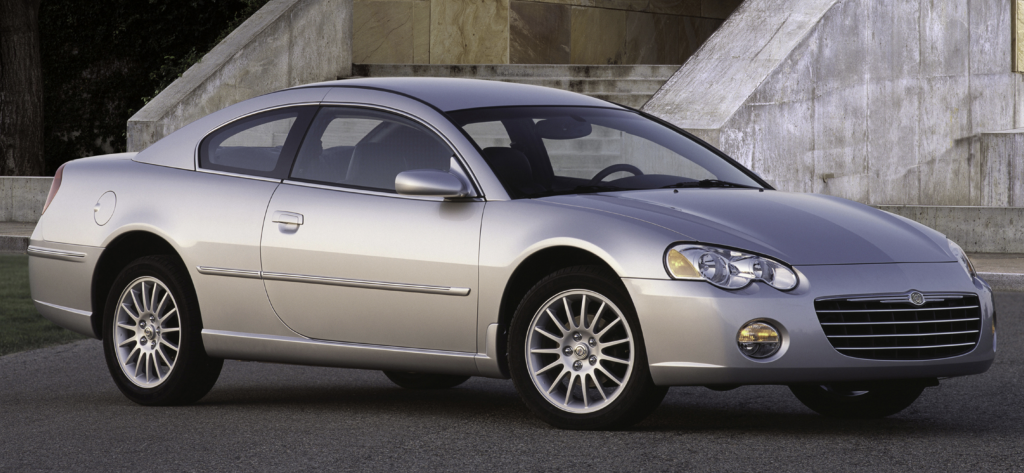
The curtain fell after years of indifference and tepid sales, and the Stratus and Sebring Coupes (see above) were discontinued after 2005. This then started a very tough three years for Moparians. One of the only times in Mopar history that the only 2-door hardtop/coupe car you could buy from any Chrysler brand was the Viper, until the Challenger came out in ‘08. And no, the PT Cruiser Convertible and ‘06 Sebring Convertible don’t count.
If you really put all of your prejudice aside (assuming you have some for this car – most do), you’ll realize that this is a weird, odd bird of a creation that will never happen again. Mitsubishi and Chrysler are no longer partners. Two door coupes (not lame-ass 4-door coupes) in the non-performance Grand Tourer style are no longer made off of sedan platforms. Heck, cars priced like these cars will never exist again — the top-dawg 2001 R/T Stratus Coupe had an MSRP of $20,805 (inflation adjusted at $33,982.56 in ‘22). [Editor’s Note: That’s really not that cheap, Stephen. -DT]


They weren’t performance cars and they weren’t commuter cars. They seem to have been marketed toward the youth and speed market, although that facade faded quickly when the youth of the world realized that the drivetrain was the same as the Galant.
I honestly don’t even know which cars these beauties competed with in their day other than maybe the last Monte Carlo or the Grand Prix/Grand Am/Alero coupes. There really is no car like them for sale today. Go ahead, try to find a modern analogue — there isn’t one. They were cars that just had great styling, comfortable comportment, affordability and that looked the part for a then-broke-but-aspirational 20-something post-college me and about 34K other folks each year.
Ever Since The Head Gasket Change, The Thing Has Been A Tank

Are these cars known for being well-built? Not really. In fact the Sebring/Stratus names have a pretty bad connotation in the realm of reliability. Are they the worst though? Far from it. These are no Audi A6 Allroad (with the 2.7 Turbo) but they’re no ‘98 Corolla either. Was my car well-cared after? See the beginning of this piece for that answer. Did my Stratus provide reliable transportation for many miles and 6 yrs after it was rescued from the crusher? Hell yes it did.

All that I’ve done to this car since 2016 has been oil changes, some aftermarket ball joints (a result of the rutted dirt road where I found it), a couple used tires and batteries and that’s it. It starts up every morning and takes me where I need to go, no questions asked. I love the color, I love the shape, I don’t care that the snobbier factions of car-culture disregard it – that makes it even better to me. Hell, I even used it in my intro picture on this site.
What this car shows more than anything is that something that may be viewed as complete garbage and a total waste of time and other resources could actually be one of the cheapest cars to own and operate; one of the most economical and best value-buys I’ve ever come across.
David was flabbergasted when he first learned of me saving this car. “…let me just note how amazed I am that you put so much time and effort into vehicles this crappy. I mean, to swap the radiator, fix the front fascia, repair the head, and swap out the interior on something this, err, ordinary, is just remarkable.” – DT
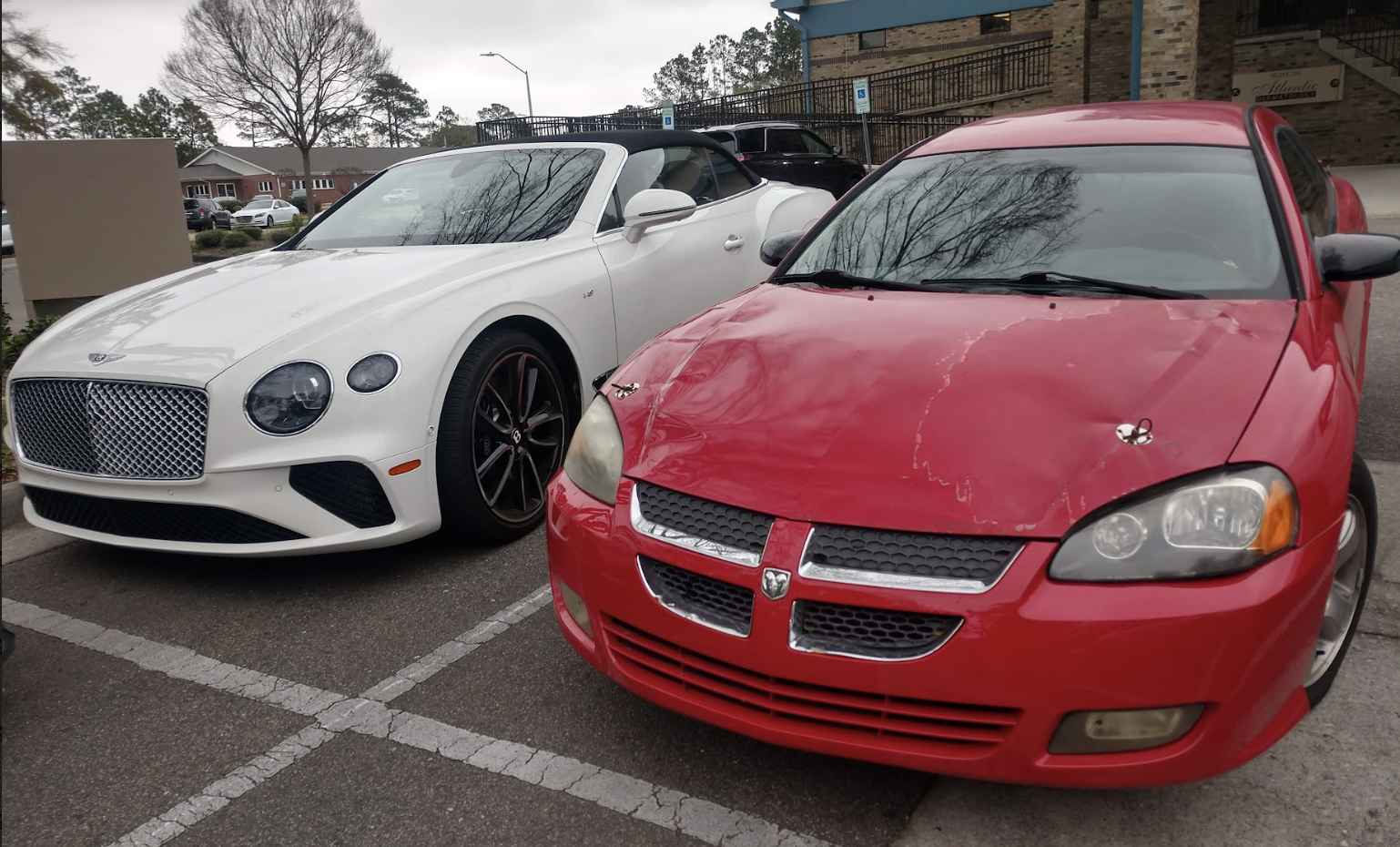
What’s truly remarkable is that the $220 busted-up shitbox right under your nose that everyone else may have already written off as junk may be something much more than it appears to be. Go find yours and get to wrenchin’.
You may just build something you’re really proud of for the next six years.
Photo Credit: S.W. Gossin







Your engine would have actually been a 4G64, not a World Engine. The World Engine’s didn’t come around until later in the 2000’s (first 2.4 World Engine was in 2007MY Sebring/Compass/Patriot/Calibers) and also brought Hyundai into the group effort on that one.